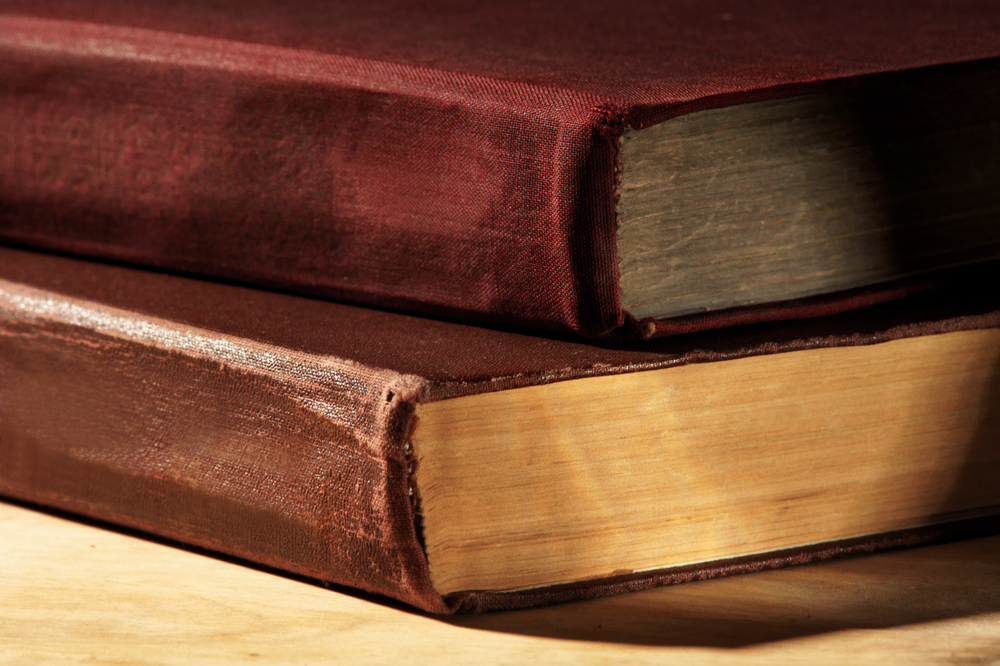I never intended to write a sequel. I’ve always thought of my novels as one-offs, stories that may be open-ended at their conclusion, but still convey the sense on the last page that things are done.
Sequels are for mystery writers and writers of immersive TV series, writers who are masters at spinning plot and canny about imagining character development playing out over time, not for the “literary” writer who often allows her love of language to slow the story’s forward motion. The sequel/series writer must be organized, whereas my writing process is a messy one, not governed by outlines. I write a novel with only the sketchiest of plans, which always results in traveling down dead ends and writing many more pages than I will ever use.
And then.
After I wrote Weather Woman, a few readers insisted they wanted more. The novel’s main character, Bronwyn, has the power to change the weather and the Earth’s forces. After several encounters with tornados and fires, she ends up in Siberia trying to refreeze the permafrost. You can’t stop there, one reader insisted. There’s more to be said. I resisted. I don’t write sequels, I told her and, as I said that, I realized I had an unexplored bias that writing a sequel would devalue the original work. This reader persisted: Please write more.
Then three things happened at once:
- I began to agree with that insistent reader. I had left my characters up in the air. Not only does the book end with lingering questions for the reader, there are also unresolved questions for the characters themselves. Furthermore, the story seems to suggest that the solution to climate change might reside in the actions of a powerful individual, a point of view I reject.
- I clarified to myself the distinction between writing a sequel, which could be a one-off, and a series, which invariably involves a number of installments. In writing a singular sequel, I wouldn’t be committing to writing a book for every letter of the alphabet, or creating harrowing conflicts for my characters ad infinitum. (I’m thinking of the riveting plotting of the TV series Homeland.)
- In spite of my reservations and protests, I began to write the sequel. I loved the character Bronwyn, and I loved her mentor Diane just as much. I wanted to see what would happen to both of them next.
Unlike the usual start-and-stop process I usually encounter when beginning a new novel, the initial work on Sinking Islands was seamless. I entered the flow state immediately, pleased to be working with characters I already knew well, and finding the arc of the novel more quickly than I expected.
But it wasn’t long before I ran into some unexpected roadblocks. In Weather Woman I had loved the character Earl, a slobby Kansas minister with a big heart. I wanted to work with him again, but he had died—yes, I had killed him off—in a tornado. I considered having Bronwyn raise him from the dead, but quickly discarded that idea. I knew I had to adhere to rules I had already established. However, that didn’t preclude the possibility that the characters might remember Earl, even talk to him. So Patty, one of the characters in Sinking Islands who was a member of Earl’s small congregation, keeps Earl alive through her conversations with him. He talks back—or at least she believes he does—guiding her gently toward bravery.
I was surprised by the number of details I failed to remember from Weather Woman, details that needed to remain consistent in the sequel (the last names of characters for example, and who their spouses were). I found myself doing something I rarely do, rereading parts of one of my published novels. I scoured the pages searching for forgotten details about the characters. I tried to decide if it would be plausible to include the fact that part of Bronwyn’s frostbitten pinkie had been amputated after the Siberia trip, even though that had not been mentioned in Weather Woman. (I decided yes, it would be okay.)
I muddled through the writing of the sequel with speed and glee, inventing new characters from across the globe and throwing them in with the “old” characters, as if making a stone soup. The finished novel widens the overall story and, I hope, completes it. There are still lingering questions, but I believe they are the kinds of questions that readers can answer themselves. No need for a third book.
Yet. My brother-in-law recently sent me a link to a podcast about a controversial form of geoengineering that involves sending particles into the atmosphere to block the heat of the sun. After listening to the podcast—and finding myself riveted by not only the science, but also the ethical issues—I read an article about how we have entered a new period of intense solar storms that have the potential to wipe out broad swaths of the Earth’s grid. Hm. Interesting science that piques my imagination, and about which Bronwyn and Diane would both have strong opinions! A few story wheels have begun to turn. No, as of now I am not writing a third installment.
Stay tuned.

Add Comment